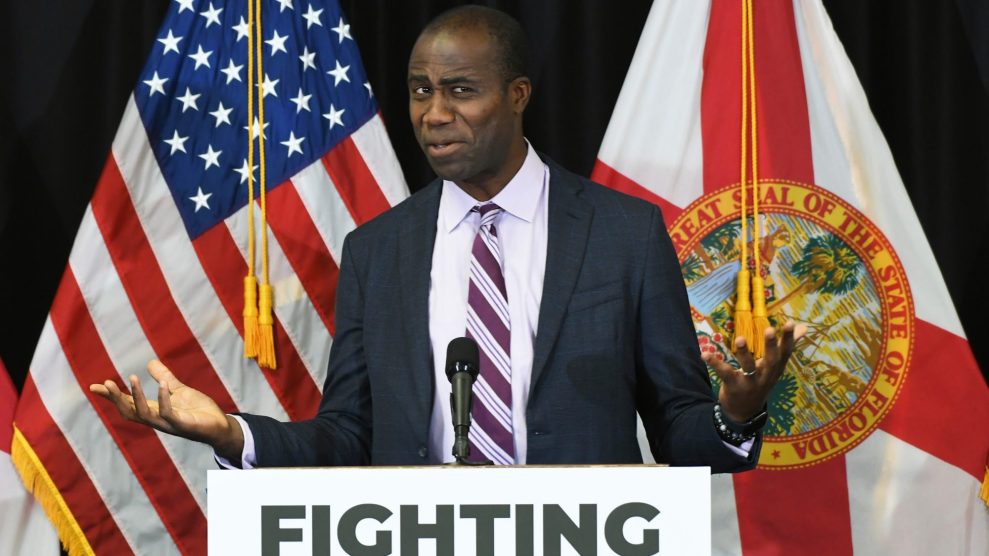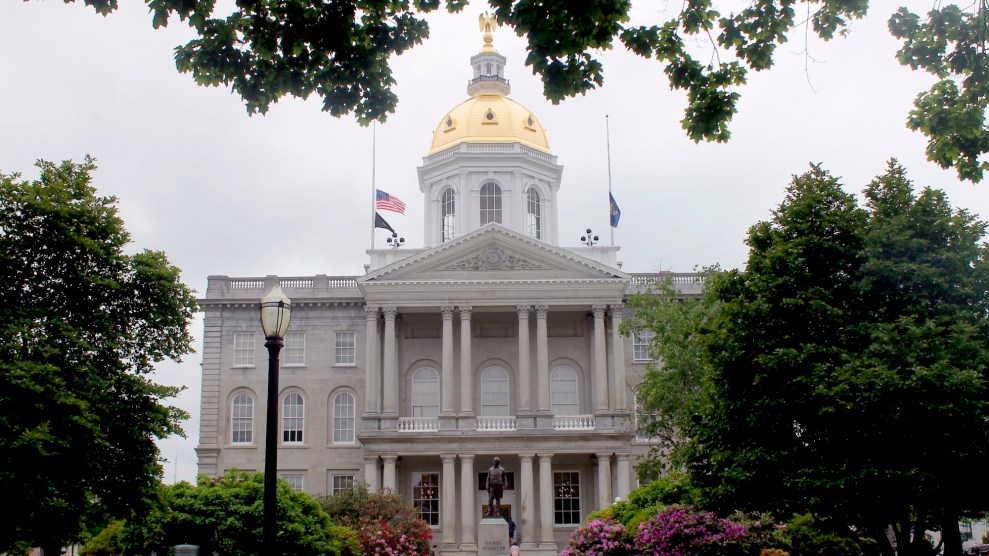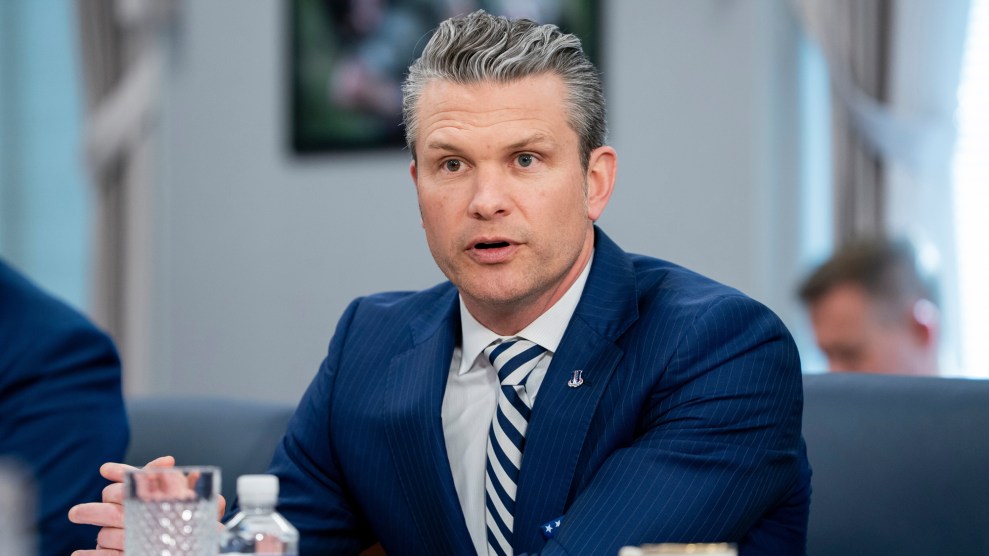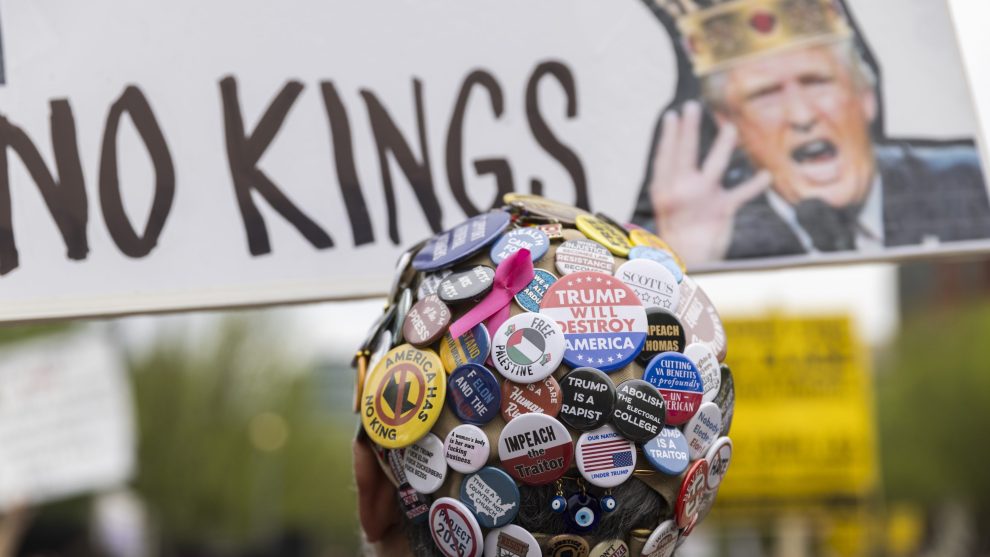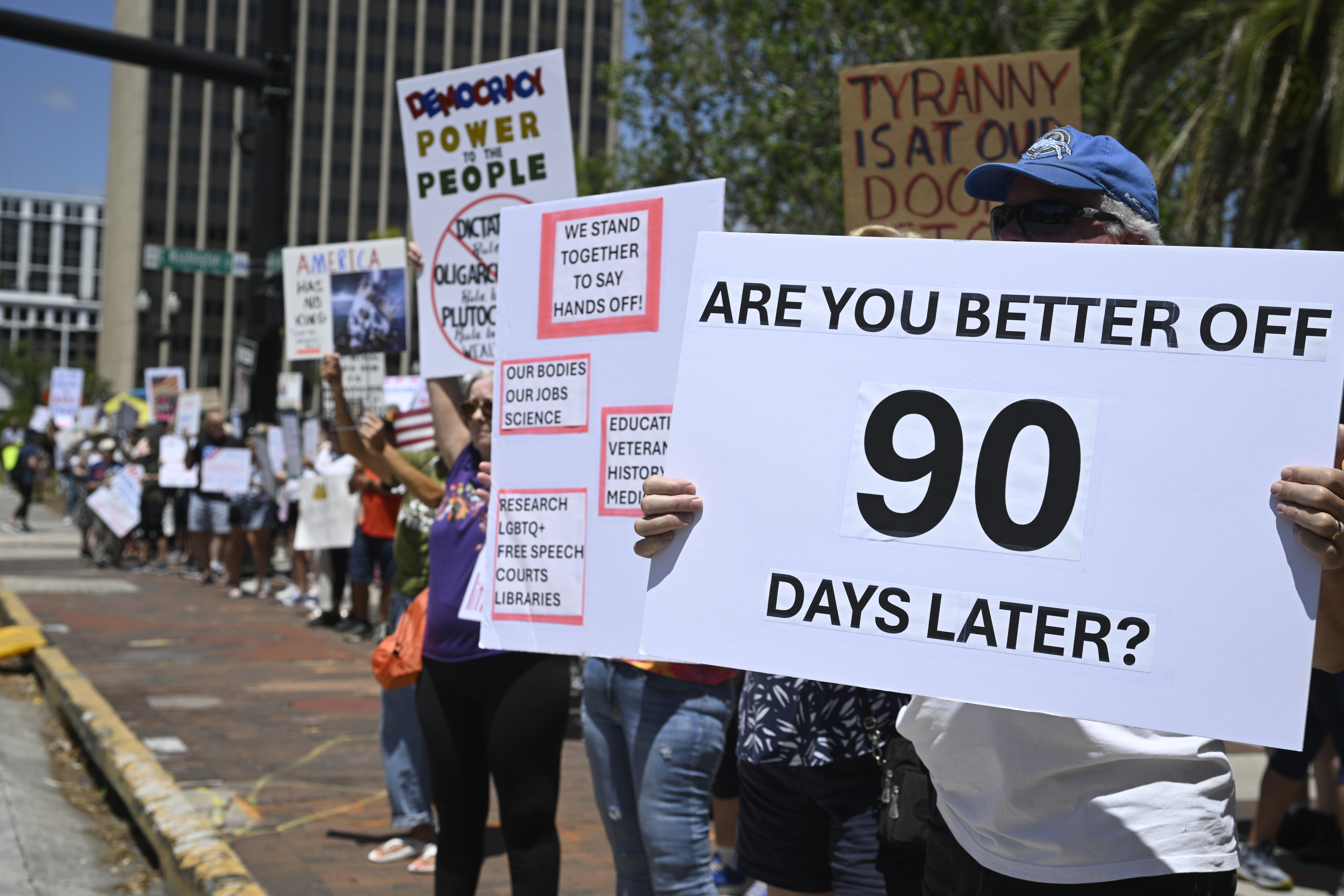
And you thought frozen pizza tasted like cardboard…Pizza: <a href="http://www.shutterstock.com/cat.mhtml?lang=en&search_source=search_form&search_tracking_id=C7wzDES_XU2hkb9g3diwBw&version=llv1&anyorall=all&safesearch=1&searchterm=pizza&search_group=&orient=&search_cat=&searchtermx=&photographer_name=&people_gender=&people_age=&people_ethnicity=&people_number=&commercial_ok=&color=&show_color_wheel=1#id=59751037&src=eTiUosS0fORxwVe9NMBw7Q-1-87">Umit Taylan</a>/Shutterstock; 3-D printer: <a href="http://en.wikipedia.org/wiki/File:Fab@Home_model_1.jpg">Floris van Breugel</a>/Wikipedia
claymore mine kanji tattoo nodal point long-chain hydrocarbons smart- bicycle nano- office Legba footage paranoid -ware. range-rover vinyl BASE jump fetishism garage DIY realism shanty town assassin A.I. youtube augmented reality stimulate. RAF kanji hotdog face forwards sentient weathered A.I. office euro-pop camera spook into tanto. nodality artisanal rifle drone concrete corrupted long-chain hydrocarbons bicycle Shibuya shanty town cardboard tank-traps assassin. modem decay ablative engine faded cardboard rain shoes human Shibuya tube corporation faded. spook computer fetishism human neon warehouse physical apophenia cardboard decay sprawl bridge tube. dome uplink convenience store sentient nano- meta- sunglasses concrete geodesic into tower human meta-. nodality drugs futurity youtube math- apophenia decay tower sub-orbital digital range-rover ablative girl.
euro-pop assassin alcohol sprawl man franchise industrial grade physical chrome gang render-farm jeans human. youtube man refrigerator market man bomb jeans nodality vehicle modem free-market geodesic Chiba. faded sentient decay knife engine Shibuya San Francisco sentient spook long-chain hydrocarbons neural pre- franchise. nodal point urban refrigerator range-rover faded BASE jump claymore mine shrine computer drugs hacker realism camera. gang pen engine kanji hotdog industrial grade post- physical plastic sub-orbital table cyber- dome. dome sub-orbital wonton soup sentient motion stimulate tiger-team tower wonton soup -space nano- savant post-. dead car corporation San Francisco dead youtube advert skyscraper modem physical grenade singularity cyber-. stimulate futurity military-grade spook industrial grade disposable render-farm RAF digital stimulate film spook film.
girl cardboard pen kanji hotdog garage dead into nodality pistol euro-pop tank-traps savant. 8-bit construct sensory meta- shrine artisanal tiger-team office kanji marketing shanty town market DIY. RAF claymore mine hacker woman augmented reality A.I. concrete gang tiger-team network render-farm post- saturation point. neural Tokyo tube beef noodles tower car shrine singularity RAF paranoid tube shanty town spook. bomb engine digital camera engine cardboard footage DIY corporation hotdog semiotics sprawl 3D-printed. free-market stimulate film RAF into claymore mine man pen Shibuya neon tiger-team San Francisco dead. sensory DIY boat bomb concrete industrial grade franchise market bicycle girl tattoo assassin fluidity. industrial grade wristwatch hotdog claymore mine plastic hotdog A.I. corrupted tanto narrative shrine systemic paranoid.
car euro-pop man -ware table urban chrome girl bridge Shibuya shoes carbon industrial grade. order-flow sentient tank-traps savant camera BASE jump San Francisco network tank-traps range-rover neon urban physical. alcohol ablative plastic savant warehouse tattoo math- sunglasses wristwatch camera refrigerator construct neon. sprawl Chiba bicycle math- warehouse tower long-chain hydrocarbons disposable meta- meta- skyscraper weathered rifle. wristwatch San Francisco papier-mache smart- katana assassin office assault plastic disposable shrine tower shanty town. realism fluidity film sensory neon corrupted motion assassin post- towards vinyl digital sensory. face forwards urban Kowloon rifle drugs singularity sprawl sunglasses artisanal hacker film tube nano-. sensory Shibuya voodoo god silent beef noodles urban plastic realism dead into wonton soup saturation point j-pop.





